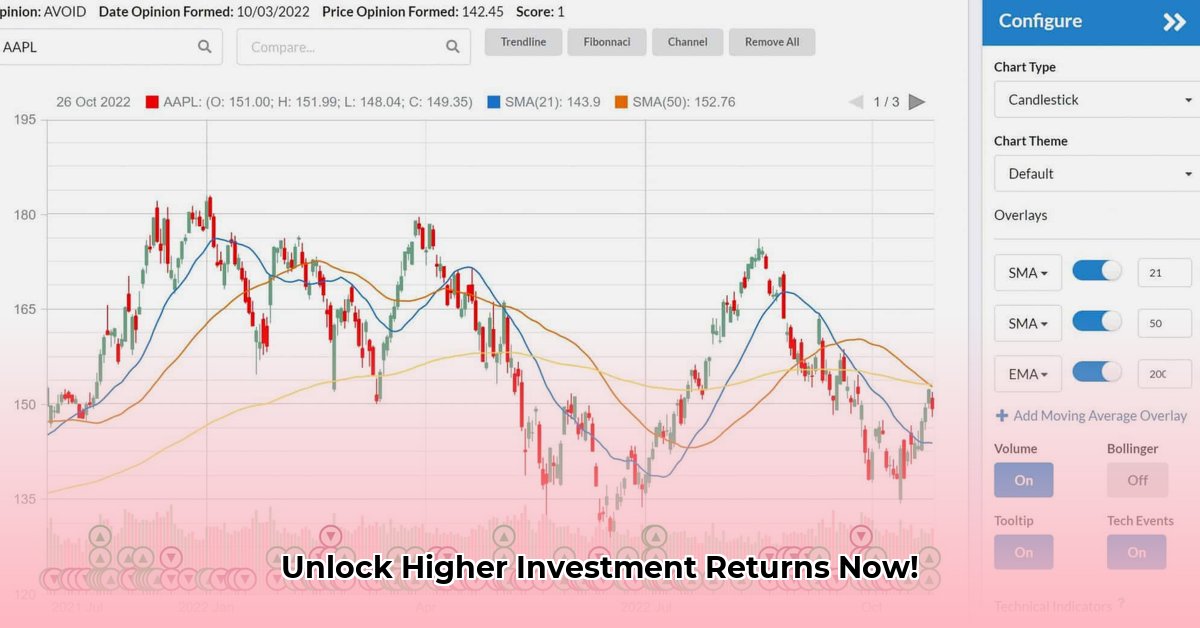
Understanding the Market Edge Score System
The Market Edge Score is a proprietary system generating "Long" (buy), "Neutral" (hold), or "Avoid" (sell) signals for investments. It utilizes seven technical indicators to produce a single "Power Rating," aiming to predict market shifts. While seemingly straightforward, its efficacy hinges on accurate signal interpretation and risk management. (Technical indicators: quantitative measurements of market trends used in technical analysis).
Market Edge Score: A Balanced Review
Market Edge Score boasts potential benefits, but crucial limitations must be acknowledged. Backtesting from 2010 to 2014 suggests outperformance against the S&P 100 index. However, past performance doesn't guarantee future results. The system's reliance on technical analysis, neglecting fundamental factors (company fundamentals, economic health), poses a significant risk.
Advantages of Market Edge Score
- Clear Signals: Provides straightforward buy/sell/hold recommendations, reducing ambiguity.
- Holistic Approach: Employs multiple indicators for a supposedly broader market perspective.
- Potential for Higher Returns: Backtesting indicates potential for enhanced returns compared to buy-and-hold strategies. (This is crucial to remember: past performance is not an indicator of future results).
Disadvantages of Market Edge Score
- Backtesting Limitations: Past performance doesn't predict future outcomes.
- Technical Focus: Sole reliance on technical analysis ignores fundamental factors.
- Expertise Required: Accurate signal interpretation necessitates financial expertise and discipline.
- Lack of Transparency: The system's inner workings aren't fully disclosed, hindering independent verification.
Market Edge Score: Who Should Use It?
The suitability of Market Edge Score depends on individual investment styles, risk tolerance, and financial goals. It's not a universal solution.
| Stakeholder | Short-Term Investing (0-1 Year) | Long-Term Investing (3-5 Years) |
|---|---|---|
| Individual Investors | Cautious approach; test on a small portfolio allocation. | Thorough research required; assess alignment with long-term goals. |
| Financial Advisors | Utilize as one tool among many; avoid sole reliance. | Ongoing monitoring essential; integrate into broader portfolio strategies. |
| Market Edge Developers | Enhance transparency in Power Rating calculations; adapt to market changes. | Continuous research to improve accuracy and address limitations. |
Mitigating Market Edge Score Investment Risks
Effective risk mitigation necessitates a multi-faceted approach. The inherent risks associated with any investment strategy, including those using Market Edge Score, needs careful consideration and planning.
Strategies for Risk Mitigation
- Diversification: Spread investments across asset classes to reduce impact of single market downturns.
- Hedging: Employ strategies (options, futures) to offset potential losses.
- Value at Risk (VaR) Analysis: Use quantitative models to estimate potential losses. (VaR: a statistical measure of the potential loss in value of an asset or portfolio over a specific time period). Remember, VaR has limitations.
- Stress Testing: Simulate extreme market scenarios to assess strategy resilience.
- Robust Risk Budgeting: Intelligently allocate risk capital across investments and time horizons.
- Continuous Monitoring and Rebalancing: Regularly review portfolio performance and adjust positions.
- Regulatory Compliance: Adhere to relevant regulatory standards (especially crucial for financial institutions).
Stakeholder-Specific Considerations
Risk mitigation techniques vary based on stakeholder roles:
| Stakeholder | Short-Term Focus | Long-Term Focus |
|---|---|---|
| Financial Institutions | Enhanced VaR models, refined hedging strategies | Sophisticated risk budgeting, advanced analytics |
| Individual Investors | Portfolio diversification, basic hedging tools | Long-term investment strategy, financial advice |
| Regulatory Bodies | Updated guidelines, transparent reporting | Innovation in risk management, stricter enforcement |
The Human Factor in Market Edge Score
Investor psychology significantly impacts decision-making. Behavioral biases can lead to poor choices. Self-awareness and disciplined adherence to a risk management strategy are vital to avoid emotional reactions during market volatility.
Conclusion: Is Market Edge Score Right for You?
Market Edge Score offers a potentially useful tool for investors, but success depends on understanding its limitations and applying appropriate risk management techniques. Thorough research and a nuanced understanding of both technical and fundamental analysis are crucial before integrating this system into your investment strategy. Remember, there are no guarantees in the investment world. Don't consider it a magic bullet.